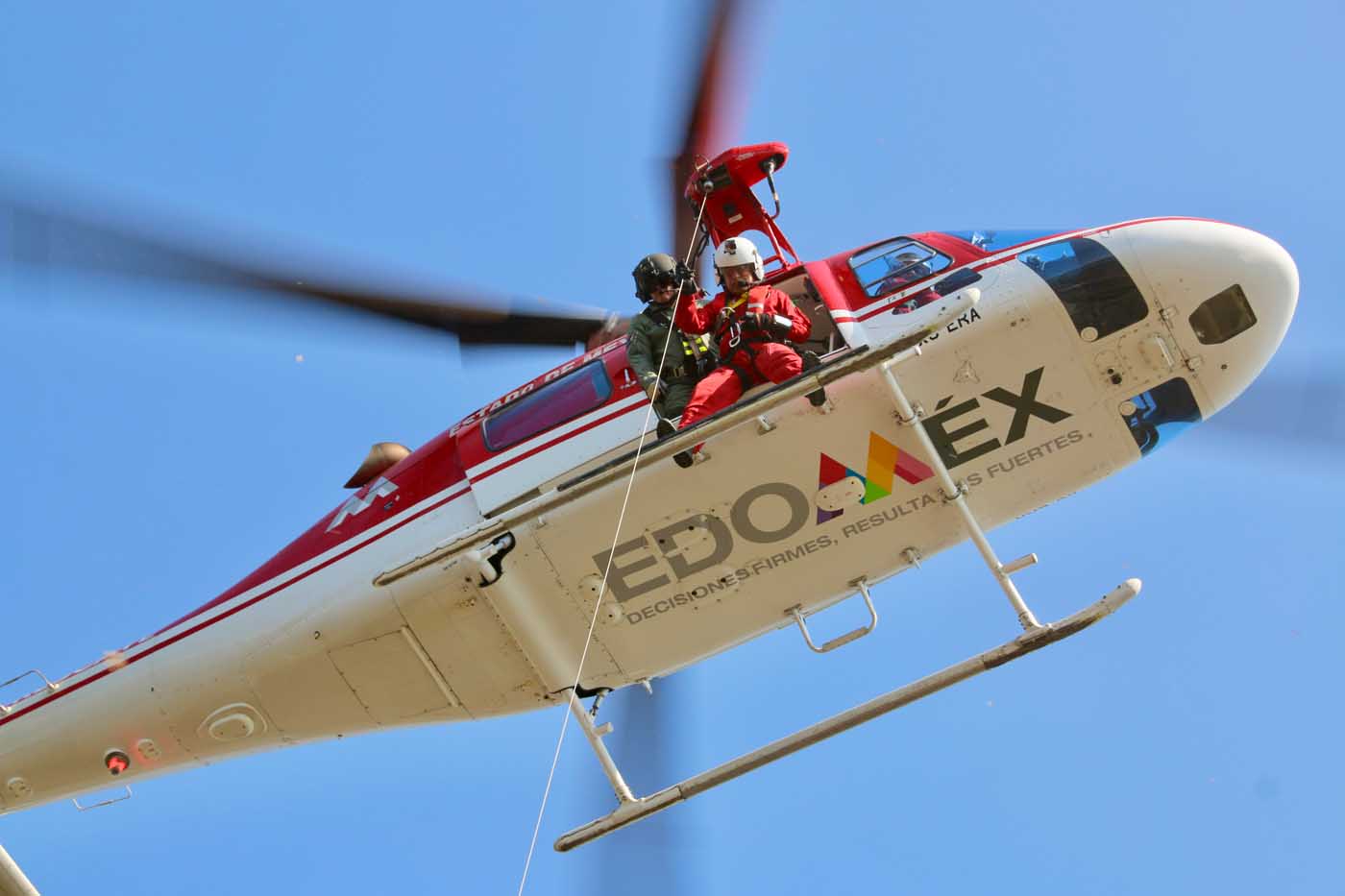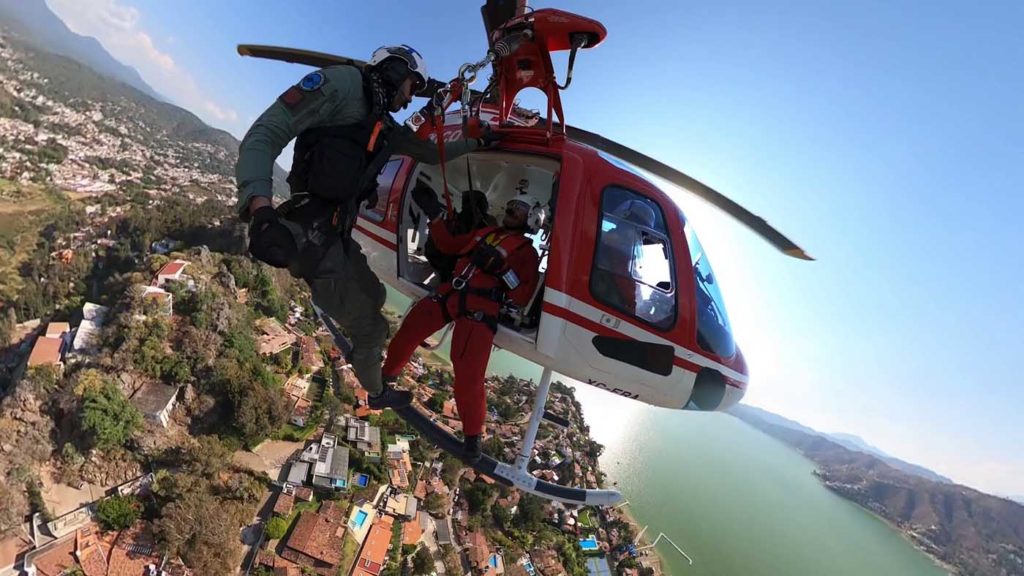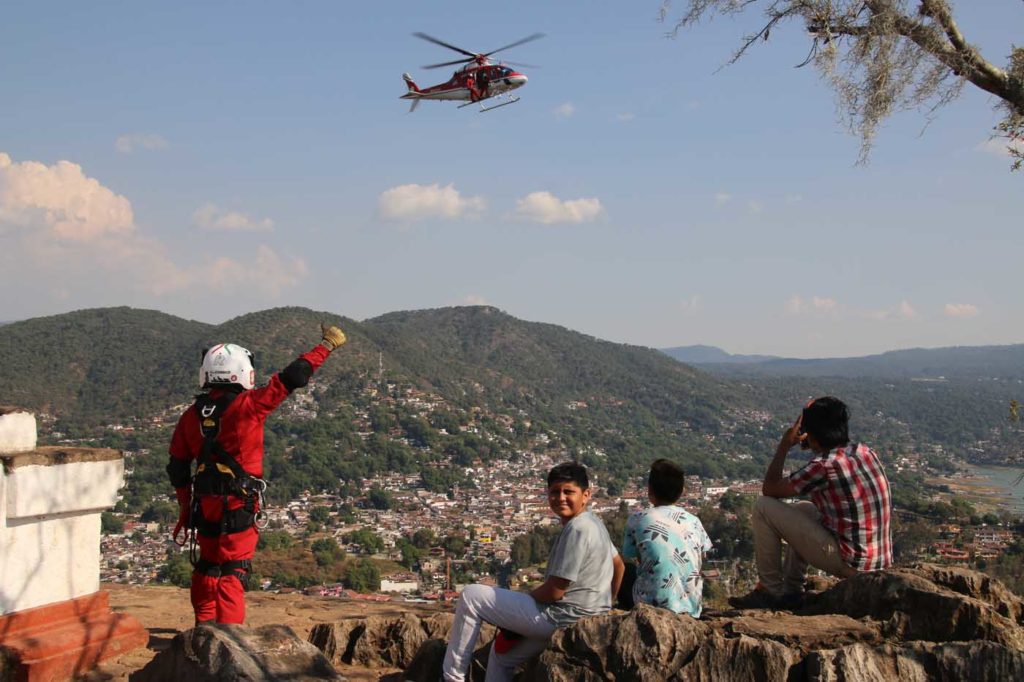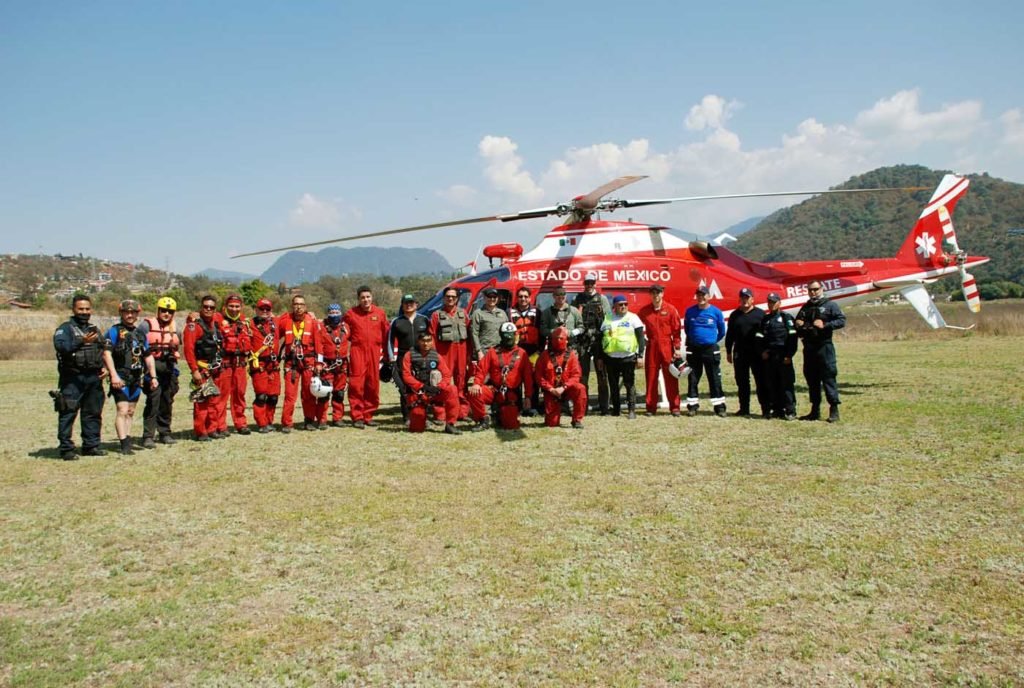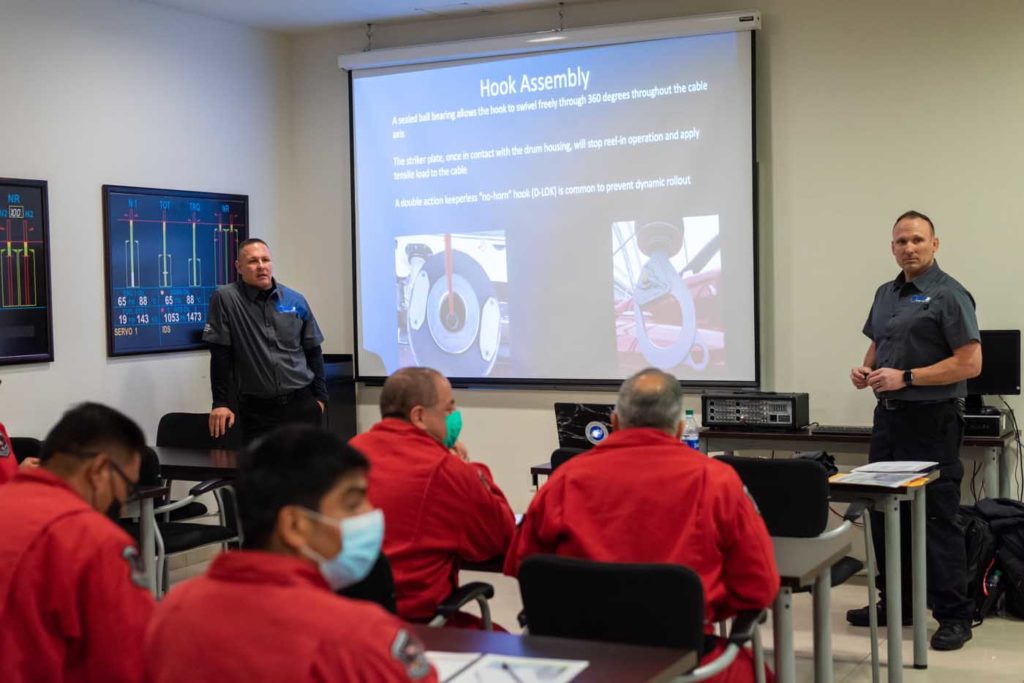Deep into a week-long hoist training recurrency course in Toluca, Mexico, SR3 Rescue Concepts hoist program coordinator Rob Munday found himself alone in rocky terrain with his first escape route shut off. The hoist on Unidad de Rescate Aéreo (URA) Estado de México’s Leonardo AW119 used to lower Munday onto the hill stopped working.

The pilot radioed Munday that they would not be able to retrieve him by hoist. Munday suggested they use a hover step maneuver, where the aircraft would hover slightly off the ground and Munday would step up into it.
“The pilot said they felt uncomfortable with a hover step maneuver as neither the pilot nor crew trained for it,” Munday recalls. “Suddenly a light bulb went off. This was an excellent opportunity to provide training on a skill that, while not originally a part of the training they requested, would definitely be valuable in their operation.”
Munday hiked nearly 30 minutes down the hill to an open area where the aircraft could land. They flew back to base where Munday and his team quickly pulled out their hover step, one skid, and toe in retrieval skill presentation for the Mexican team. While the hoist was being repaired, SR3 Rescue trained the Mexican team’s trainers on the ground and with another aircraft, helping lay the foundation for building these skills across the operation.
“It was a great feeling, being able to identify something they’ve not done and teach them something they’ll need on the spot,” he recalls. “I feel very comfortable that they can now safely go out and practice and use these skills to save lives.”
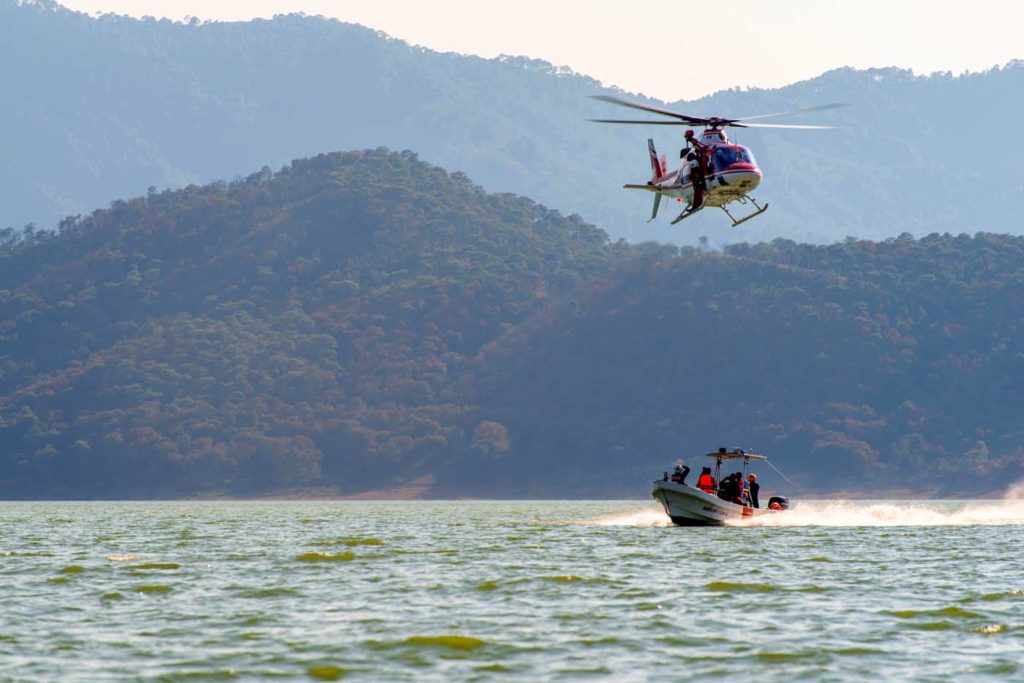
It was this flexibility and openness to working with real world situations – equipment breaks on real rescues, too – that solidified URA Estado de México’s appreciation for SR3 Rescue Concepts. It had taken two years to receive recurrent training thanks to limitations on travel and contact around Covid-19.
“It was very frustrating having equipment fail when we could finally train, yet SR3 was very flexible and shifted on the fly to find something that we needed to learn that would be valuable in our daily operations,” says Angel Zuñiga, rescue specialist and paramedic for URA Estado de México. “It was a very effective use of our time. How they taught us those skills was valuable, too. For instance, they told us to ‘move like a ninja’ as we got onto the aircraft – slow and smooth. That stands out to us still. We say ‘ninja’ now and everyone knows what we mean.”
Born from tragedy
Based in Las Vegas, Nevada, SR3 Rescue Concepts provides a variety of rescue training with the singular goal of enhancing safety. The company was founded by two veteran air rescue professionals, Dave Callen, a retired sergeant from the Las Vegas Metropolitan Police Department (LVMPD), and Jason Connell, a LVMPD veteran and paramedic, who throughout their careers have become trusted speakers, trainers, and participants in cross agency training.
In 2013, the two lost close friend and co-worker Dave VanBuskirk, call sign SR3. VanBuskirk fell to his death during a rescue. The cause was determined to be dynamic roll out, when a harness lifting ring comes out of the hoist hook, as can happen when the ring isn’t oriented correctly on the hook. The pair eventually received permission from their employer to share the story in the industry to save future lives. Once they started, they realized they could do so much more.
Callen is a helicopter CFI and certified as a rescue pilot in a variety of helicopters. Connell spent the majority of his career as a field training officer with the department’s search-and-rescue detail. He is a nationally registered EMT/paramedic with extensive crew chief, rescue operations, and hoist operator experience.
Together the two recognized the opportunity to create a company that distinguishes itself through comprehensive, unbiased training to enhance safety. They achieve this through courses that include both a CFI for pilot training, a certified crew trainer for hoist and rescue, and a ground operations trainer, who is often also a qualified hoist operator. The pair hired a variety of highly skilled and experienced professionals from multiple backgrounds, allowing SR3 to custom deliver training for each client.
“One thing that differentiates us is our team’s variety of backgrounds,” Munday explains. “There are no two people with exactly the same background in the company, which lets us pick and choose the best people to serve each customer. For example, Dave has a law enforcement background. He understands that world, what their people need to know and learn, and he knows the vernacular. We have people from the military, Coast Guard, and multiple civilian backgrounds who are experts in their areas. Our strength is in the diversity of training we can provide. We send trainers who are experienced in the client’s type of operations to provide the best experience and training possible for each client.”
SR3 Rescue Concepts also distinguishes itself through its unbiased approach. The company does not manufacture or exclusively endorse any particular products or equipment. It does not subscribe to any one training program. The company takes an organic, case-by-case approach to each client based on the client’s needs.
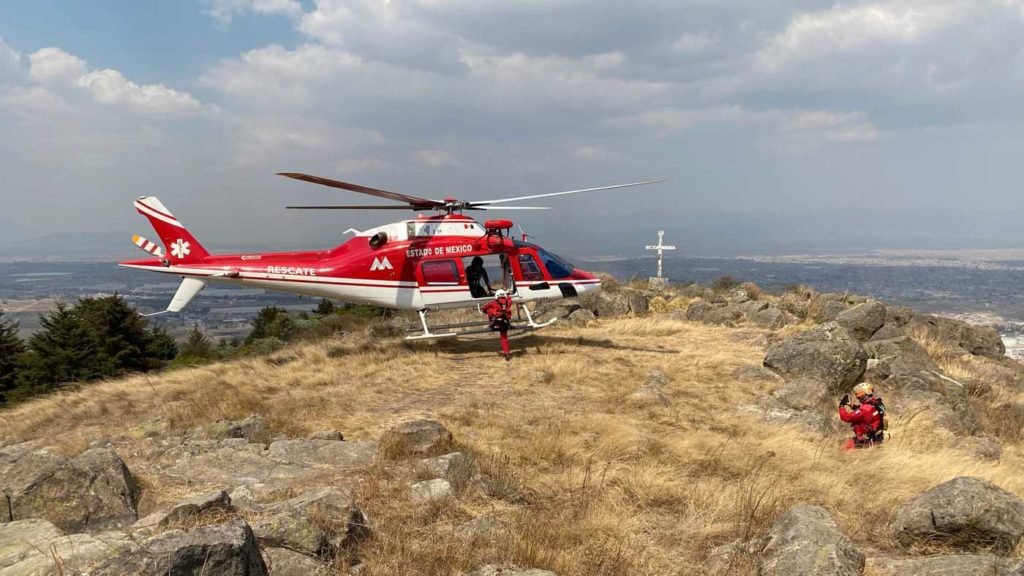
“We start with a discussion before we ever arrive for training, learning what the customer wants to achieve, what they do in their daily operations, and how they do it, what they want to do better, and so on,” says SR3 Rescue Concepts hoist instructor Dan Cancetty.
“When we start instruction, we crawl before we walk, getting a feel for each person’s skill and comfort level. If the course calls for demonstrating a certain skill, and if the person demonstrates it the first time, we move on. If they need more practice, we work on it until everyone is comfortable. And if we come across an opportunity to expand skills outside the scope that will help strengthen safety of the operation, we work to include that. It’s all very organic, regimented only in ensuring safety and skill competence, yet flexible to support a variety of learning styles and needs.”
Making a go in Mexico
It was this comprehensive and individualized focus, paired with the ability to provide flight and crew instruction in English and Spanish, that attracted URA Estado de México to hire SR3 Rescue Concepts to perform its recurrent rescue training. The organization was familiar with Cancetty, who they’d worked with during training with another company. When Cancetty moved to SR3, URA Estado de México followed, making it SR3’s first client south of the U.S. border.
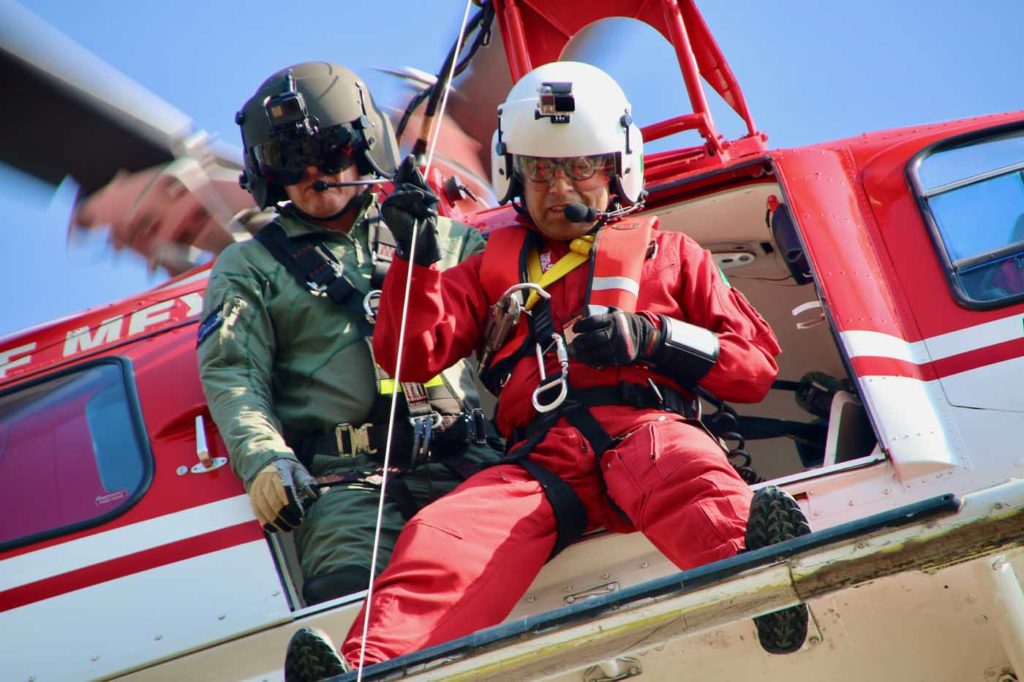
Located 60 kilometers (37 miles) west of Mexico City in Toluca, URA Estado de México, the state of Mexico’s air rescue team, operates nine helicopters, a mix of Leonardo AW 119s and AW109SPs and one AW 109S. They provide a wide range of missions including search and rescue, medevac scene calls, interhospital transport, firefighting, and VIP transport for state officials. The surrounding terrain ranges from craggy mountain tops and arid foothills to farmland, forests, and lakes, most at or above the base altitude of 2580 meters (8,465 feet) mean sea level.
Last year the organization performed more than 2,000 missions, many of which required hoist rescue, high altitude operations, off airport landings, and external load work. To maintain their skill and competency, the organization upholds a strict schedule of training and recurrent training for all pilots and crew.
“We fly and practice every day, so we are pretty proficient,” says URA Estado de México Rescue pilot Capt. Alvaro Michel Hernandez. “However, we felt we were also plateauing in recurrent training. We wanted to find an operator who could take us to the next level. The company had to be flexible and willing to work with our government budget. We also wanted to be able to train in different locations to practice different skills. SR3 delivered all of that, and they provided Spanish-speaking personnel. We’ve had translators in the past, which are very good at conversational Spanish or English, but couldn’t translate the technical information of our work well. We felt much safer and comfortable with someone who could communicate immediately in the moment in our native language.”
SR3 Rescue Concepts designed a six-day course specifically to URA Estado de México’s specifications, providing a little over a half a day in the classroom and the rest in the air and field. While the course called for practicing a skill, if the team performed it well, SR3 shifted focus toward enhancing their clients’ skills.
“SR3 shared a lot of information, which we really appreciated, especially information on updated equipment and how to use it in the industry,” says Hernandez, who also serves as the head of training. “I also appreciated them catching little bad habits the team had formed and pushing us into a different way of thinking or learning a different technique. They pushed critical thinking, like power management in a high-altitude operation, and always thinking one step ahead of what could go wrong and how we’d respond.”
URA Estado de México plans to continue working with SR3 Rescue Concepts for the foreseeable future. Zuñiga holds up an SR3 sticker declaring, ‘You don’t know what you don’t know.’
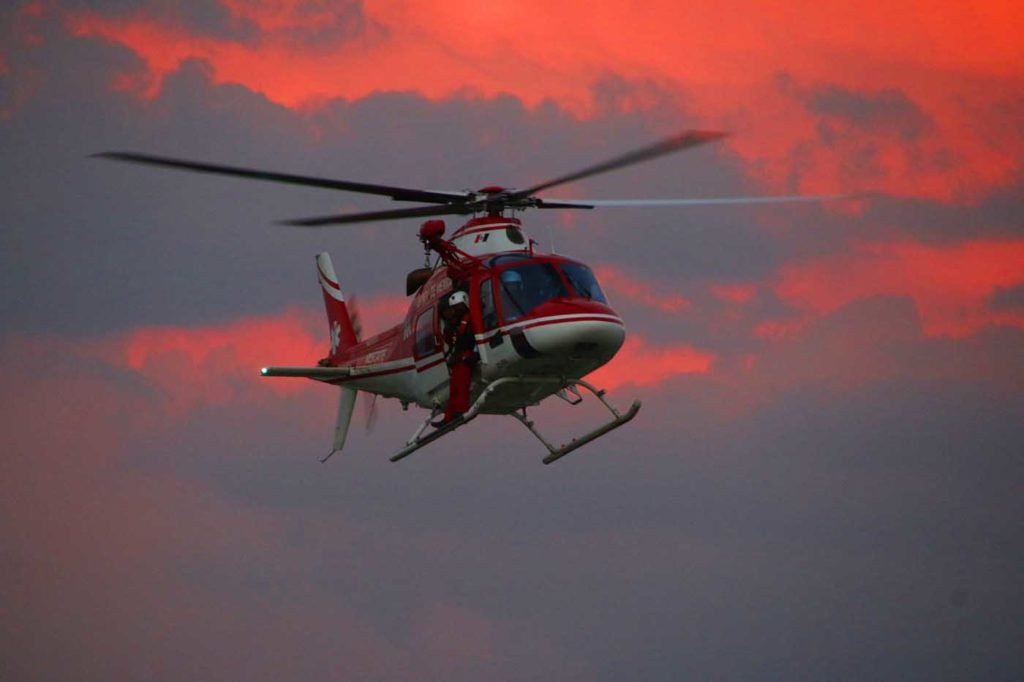
“This is the biggest thing they emphasized, and it really was brought into our consciousness. We approach everything in that manner now. We’ve raised our situational awareness. Everyone feels more prepared for whatever comes our way now, thanks to SR3,” he says.





